Term limit
A term limit is a legal restriction that limits the number of terms an officeholder may serve in a particular elected office. When term limits are found in presidential and semi-presidential systems they act as a method of curbing the potential for monopoly, where a leader effectively becomes "president for life". This is intended to protect a republic from becoming a de facto dictatorship. Sometimes, there is an absolute or lifetime limit on the number of terms an officeholder may serve; sometimes, the restrictions are merely on the number of consecutive terms he or she may serve.
History
Ancient
Term limits have a long history. Ancient Athens and Ancient Rome, two early classic republics, had term limits imposed on their elected offices as did the city-state of Venice.[1]
In ancient Athenian democracy, only offices selected by sortition were subject to term limits (one term of one year for each office, except members of the council of 500 (boule), where it was possible to serve two one-year terms, non-consecutively). Elected offices were all subject to possible re-election, although they were minoritarian, these positions were more prestigious and those requiring the most experience, such as military generals and the superintendent of springs.
In the Roman Republic, a law was passed imposing a limit of a single term on the office of censor. The annual magistrates—tribune of the plebs, aedile, quaestor, praetor, and consul—were forbidden reelection until a number of years had passed.[2] (see cursus honorum, Constitution of the Roman Republic). Additionally, there was a term limit of 6 months for a dictator.
Modern
Many modern presidential republics employ term limits for their highest offices. The United States placed a limit of two terms on its presidency by means of the 22nd Amendment to the Constitution in 1951. There are no term limits for Vice Presidency, Representatives and Senators, although there have been calls for term limits for those offices. Under various state laws, some state governors and state legislators have term limits. Formal limits in America date back to the 1682 Pennsylvania Charter of Liberties, and the colonial frame of government of the same year, authored by William Penn and providing for triennial rotation of the Provincial Council, the upper house of the colonial legislature.[3] (See also term limits in the United States).
The Russian Federation has a rule for the head of state that allows the President of Russia to serve more than two terms if not consecutive (as in the case of Vladimir Putin). For governors of federal subjects, the same two-term limit existed until 2004, but now there are no term limits for governors.
Term limits are also common in Latin America, where most countries are also presidential republics. Early in the last century, the Mexican revolutionary Francisco Madero popularized the slogan Sufragio Efectivo, no Reelección (effective suffrage, no reelection). In keeping with that principle, members of the Congress of Mexico (the Chamber of Deputies and Senate) cannot be reelected for the next immediate term under article 50 and 59 of the Constitution of Mexico, adopted in 1917. Likewise, the President of Mexico is limited to a single six-year term, called the Sexenio. This makes every presidential election in Mexico a non-incumbent election.
Countries that operate a parliamentary system of government are less likely to employ term limits on their leaders. This is because such leaders rarely have a set "term" at all: rather, they serve as long as they have the confidence of the parliament, a period which could potentially last for life. Many parliaments can be dissolved for snap elections which means some parliaments can last for mere months while others can continue until their expiration dates. Nevertheless, such countries may impose term limits on the holders of other offices—in republics, for example, a ceremonial presidency may have a term limit, especially if the office holds reserve powers.
Between 1982 and 2018, the Constitution of China stipulated that the president, vice president, premier, vice premiers could not serve more than two consecutive terms. In March 2018, China's party-controlled National People's Congress passed a set of constitutional amendments including removal of term limits for the president and vice president, as well as enhancing the central role of the Chinese Communist Party (CCP).[4][5]
Types
Term limits may be divided into two broad categories: consecutive and lifetime. With consecutive term limits, an officeholder is limited to serving a particular number of terms in that particular office. Upon hitting the limit in one office, an officeholder may not run for the same office again (though he/she may run for any other elective office). After a set period of time (usually one term), the clock resets on the limit, and the officeholder may run for election to his/her original office and serve up to the limit again.
With lifetime limits, once an officeholder has served up to the limit, he/she may never again run for election to that office. Lifetime limits are much more restrictive than consecutive limits.
Notable examples
Relaxed/reset term limits
| Names indexed by surnames | Image | Countries and localities | Official positions | Earlier term limits | Later term limits |
|---|---|---|---|---|---|
| Bloomberg, Michael | .jpg) | United States; New York City | Mayor (2002–13) | 2 terms of 4 years | 3 terms of 4 years from 2008 to 2010; two-term limit restored in 2011 |
| Cardoso, Fernando Henrique | .jpg) | Brazil | President of Brazil (1995–2003) | 1 term of 5 years | 2 terms of 4 years since 1997 |
| Chávez, Hugo | .jpg) | Venezuela | President of Venezuela (1999–2013) | 2 terms of 6 years | Unlimited terms of 6 years since the 2009 amendment of the 1999 Venezuelan constitution |
| Clinton, Bill |  | United States; Arkansas | Governor of Arkansas (1979–81, 1983–92) | 2 consecutive terms of 2 years | 2 consecutive terms of 2 years until 1986, then 2 consecutive terms of 4 years |
| Chiang Kai-shek | 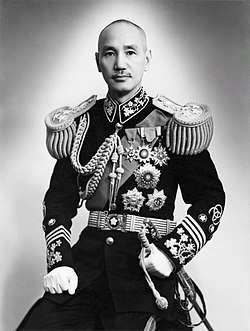 | China, Republic of (Mainland and Taiwan Eras) | President (1948–49, 1950–75) | 2 terms of 6 years | Unlimited terms of 6 years since 1960[6] |
| Lukashenko, Alexander | 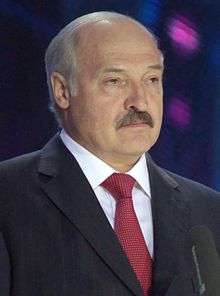 | Belarus | President (1994–present) | 2 terms of 5 years | Unlimited terms of 5 years since 2004 |
| Menem, Carlos | 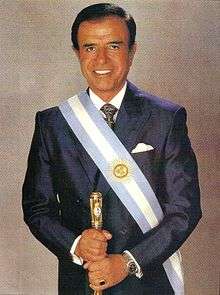 | Argentina | President of Argentina (1989–99) | 1 term of 6 years, re-eligible after 6 years | 2 terms of 4 years, re-eligible after 4 years; Menem was banned to reelection in 1999 because his first term was counted as one of 4 |
| Museveni, Yoweri | 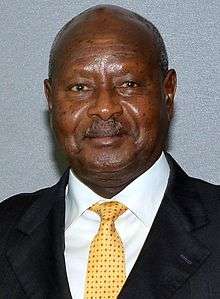 | Uganda | President of Uganda (1986–present) | 2 terms of 5 years | Served 2 terms of 5 years before 1995 constitution imposed 2-term limit, then served 2 additional terms of 5 years; constitution was revised in 2005, removing term limits |
| Park Chung-hee | 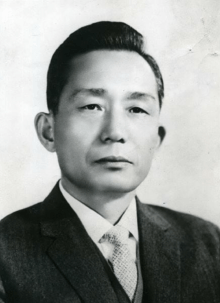 | South Korea | President of South Korea (1962-1979) | 2 terms of 4 years | 3 terms of 4 years from 1969 to 1972; unlimited terms of 6 years since 1972 |
| Patton, Paul E. |  | United States; Kentucky | Governor of Kentucky (1995–2003) | 1 term of 4 years | 2 terms of 4 years |
| Perón, Juan Domingo | 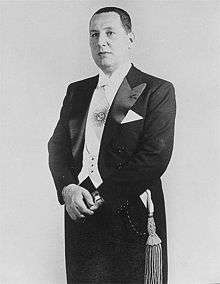 | Argentina | President of Argentina (1946–55, 1973–74) | 1 term of 6 years, re-eligible after 6 years | Unlimited terms of 6 years; elected to 1 term of 4 years in 1973 |
| Putin, Vladimir |  | Russia | President of Russia (1999–2008, 2012–present) | 2 terms of 4 years | 2 terms of 6 years since 2008; term count reset in 2020 |
| Rahmon, Emomali | Tajikistan | President of Tajikistan (1994–present) | 1 terms of 5 years | 1 term of 7 years since 1999, 2 terms of 7 years since 2003; term count reset in 2006, all term limits removed in 2016.[7][8] | |
| Rhee Syngman | 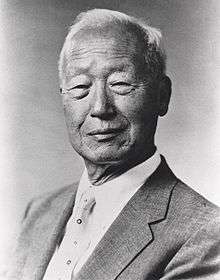 | South Korea | President of South Korea (1948-1960) | 2 terms of 4 years | Unlimited terms of 4 years since 1954 |
| Sharif, Nawaz | 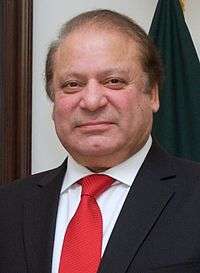 | Pakistan | Prime Minister of Pakistan (1990–93, 1997–99, 2013–2017) | 2 terms of 5 years | Unlimited terms of 5 years since 2011 |
| Uribe, Álvaro | .jpg) | Colombia | President (2002–10) | 1 term of 4 years | 2 terms of 4 years since 2004 |
| Xi Jinping | 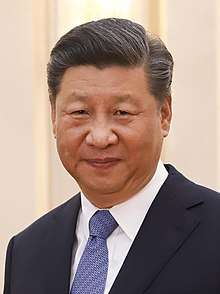 | China; Communist Party | President (2013–present) | 2 terms of 5 years | Unlimited terms of 5 years since 2018[9] |
| Yuan Shikai | 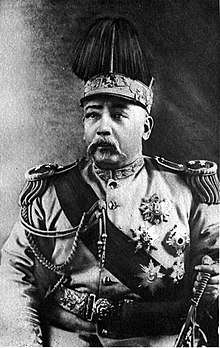 | China, Republic of (Beiyang Government) | President (1912–15, 1916) | 2 terms of 5 years[10] | Unlimited terms of 10 years since 1914[11] |
Tightened term limits
| Names indexed by surnames | Image | Countries and localities | Official positions | Earlier term limits | Later term limits |
|---|---|---|---|---|---|
| Brown, Jerry | 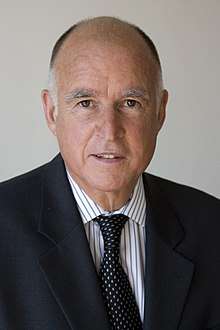 | United States; California | Governor (1975–83) (2011–2019) | No term limit | 2 terms of 4 years |
| Castro, Raúl |  | Cuba; Communist Party | President of the Council of State (2008–2018) | No term limit | 2 consecutive terms of 5 years since 2013 |
| dos Santos, José Eduardo | 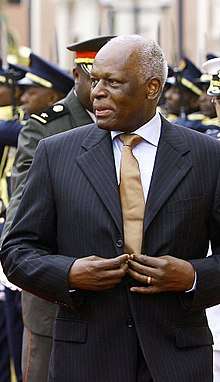 | Angola | President of Angola (1979–2017) | No term limit | 2 terms of 5 years since 2010 |
| Mugabe, Robert | 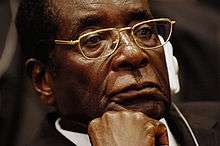 | Zimbabwe | President of Zimbabwe (1987–2017) | No term limit | 2 terms of 5 years since 2013 |
| Roosevelt, Franklin |  | United States | President of the United States (1933–1945) | Unlimited terms of 4 years | 2 terms of 4 years since 1953; 2.5 terms if predecessor died in office during second term |
| Sall, Macky | 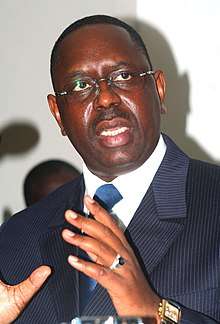 | Senegal | President of Senegal (2012–present) | 2 terms of 7 years | 2 terms of 5 years since 2016 |
| Santos, Juan Manuel |  | Colombia | President of Colombia (2010–2018) | 2 terms of 4 years | 1 term of 4 years since 2018 |
People who would have run afoul of modern term limits
| Names indexed by surnames | Image | Countries and localities | Official positions | Earlier term limits | Later term limits |
|---|---|---|---|---|---|
| Ben-Zvi, Yitzhak |  | Israel | President of Israel (1952–63) | No term limit | 2 consecutive terms of 5 years from 1964 to 1998; 1 term of 7 years since 1998 |
| Carmona, Óscar | 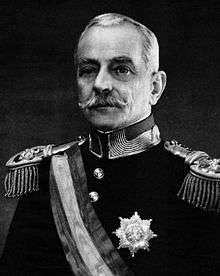 | Portugal | President of Portugal (1926–51) | No term limit | 2 consecutive terms of 5 years since 1976 |
| Kekkonen, Urho | 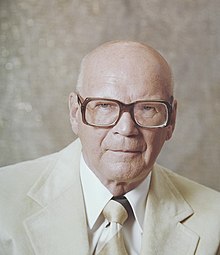 | Finland | President of Finland (1956–82) | No term limit | 2 consecutive terms of 6 years since 1991 |
| Mitterrand, François | .jpg) | France | President of France (1981–95) | No term limit | 2 terms of 5 years since 2008 |
| Suharto | 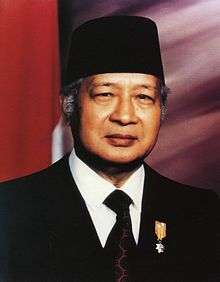 | Indonesia | President of Indonesia (1968–98) | No term limit | 2 terms of 5 years since 1999 |
| Tomás, Américo | 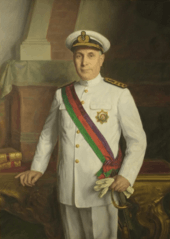 | Portugal | President of Portugal (1958–74) | No term limit | 2 consecutive terms of 5 years since 1976 |
Impact
Research shows that legislative term limits increase legislative polarization,[12] reduce the legislative skills of politicians,[13][14][15] reduce the legislative productivity of politicians,[16] weaken legislatures vis-a-vis the executive,[17] and reduce voter turnout.[18] Parties respond to the implementation of term limits by recruiting candidates for office on more partisan lines.[19]
Term limits have not reduced campaign spending,[20] reduced the gender gap in political representation,[21] increased the diversity of law-makers,[22] and increased the constituent service activities of law-makers.[23]
Many presidents did try to overstay over the term limit by various methods[24][25].
References
- O'Keefe, Eric (2008). "Term Limits". In Hamowy, Ronald (ed.). The Encyclopedia of Libertarianism. The Encyclopedia of Libertarianism. Thousand Oaks, CA: SAGE; Cato Institute. pp. 504–06. doi:10.4135/9781412965811.n308. ISBN 978-1-4129-6580-4. LCCN 2008009151. OCLC 750831024.
... Political scientist Mark Petracca has outlined the importance of rotation in the ancient Republics of Athens, Rome, Venice, and Florence. The Renaissance city-state of Venice [also] required rotation....
- Robert Struble Jr., Treatise on Twelve Lights, chapter six, part II, "Rotation in History." Archived 11 April 2016 at the Wayback Machine
- Francis N. Thorpe, ed., The Federal and State Constitutions, Colonial Charters, and other Organic Laws..., 7 vols. (Washington, D.C.: Government Printing Office, 1909) 5:3048, 3055–56, 3065.
- Shi, Jiangtao; Huang, Kristin (26 February 2018). "End to term limits at top 'may be start of global backlash for China'". South China Morning Post. Archived from the original on 27 February 2018. Retrieved 28 February 2018.
- Phillips, Tom (4 March 2018). "Xi Jinping's power play: from president to China's new dictator?". The Guardian. Archived from the original on 4 March 2018. Retrieved 4 March 2018.
- Based on the amended Temporary Provisions Effective During the Period of Communist Rebellion until it was abolished in 1991.
- Konstantin Parshin (23 April 2013). "Tajikistan: Can Rahmon Keep Running?". Eurasianet. Retrieved 23 May 2016.
- Peter Leonard (23 May 2016). "Tajikistan Vote Allows President to Rule Indefinitely". ABC News. Retrieved 23 May 2016.
- Liangyu, ed. (25 February 2018). "CPC proposes change on Chinese president's term in Constitution". Xinhuanet. Archived from the original on 25 October 2018. Retrieved 25 October 2018.
- Olson, Michael; Rogowski, Jon C (11 October 2019). "Legislative Term Limits and Polarization". The Journal of Politics: 000. doi:10.1086/706764. ISSN 0022-3816.
- Sarbaugh-Thompson, Marjorie; Thompson, Lyke; Elder, Charles D.; Comins, Meg; Elling, Richard C.; Strate, John (1 December 2006). "Democracy among Strangers: Term Limits' Effects on Relationships between State Legislators in Michigan". State Politics & Policy Quarterly. 6 (4): 384–409. doi:10.1177/153244000600600402. ISSN 1532-4400.
- Burgat, Casey (18 January 2018). "Five reasons to oppose congressional term limits". Brookings. Retrieved 22 January 2020.
- "Post". Mischiefs of Faction. Retrieved 22 January 2020.
- "How do electoral incentives affect legislator behavior?". LegBranch. 19 June 2018. Retrieved 22 January 2020.
- "Adapting to Term Limits: Recent Experiences and New Directions". Public Policy Institute of California. Retrieved 22 January 2020.
- Nalder, Kimberly (2007). "The Effect of State Legislative Term Limits on Voter Turnout". State Politics & Policy Quarterly. 7 (2): 187–210. doi:10.1177/153244000700700207. ISSN 1532-4400. JSTOR 40421578.
- Masket, Seth; Shor, Boris (1 March 2015). "Polarization without Parties: Term Limits and Legislative Partisanship in Nebraska's Unicameral Legislature". State Politics & Policy Quarterly. 15 (1): 67–90. doi:10.1177/1532440014564984. ISSN 1532-4400.
- Masket, Seth E.; Lewis, Jeffrey B. (1 March 2007). "A Return to Normalcy? Revisiting the Effects of Term Limits on Competitiveness and Spending in California Assembly Elections". State Politics & Policy Quarterly. 7 (1): 20–38. doi:10.1177/153244000700700102. ISSN 1532-4400.
- Carroll, Susan J.; Jenkins, Krista (2001). "Do Term Limits Help Women Get Elected?". Social Science Quarterly. 82 (1): 197–201. doi:10.1111/0038-4941.00017. ISSN 1540-6237.
- Carey, John M.; Niemi, Richard G.; Powell, Lynda W.; Moncrief, Gary F. (2006). "The Effects of Term Limits on State Legislatures: A New Survey of the 50 States". Legislative Studies Quarterly. 31 (1): 105–134. doi:10.3162/036298006X201742. ISSN 1939-9162.
- VanDusky‐Allen, Julie (2014). "The Conditional Effect of Term Limits on Electoral Activities". Politics & Policy (in Spanish). 42 (3): 431–458. doi:10.1111/polp.12072. ISSN 1747-1346.
- On the Evasion of Executive Term Limits 2010, University of Chicago Law School. Chicago Unbound
- The Law and Politics of Presidential Term Limit Evasion Columbia Law Review, 2020
External links
- Real Term Limits: Now More Than Ever, an article by Doug Bandow in favor of term limits
- Legislative Term Limits: An Overview at the Library of Congress Web Archives (archived 2009-05-01), term limits information from the National Conference of State Legislatures